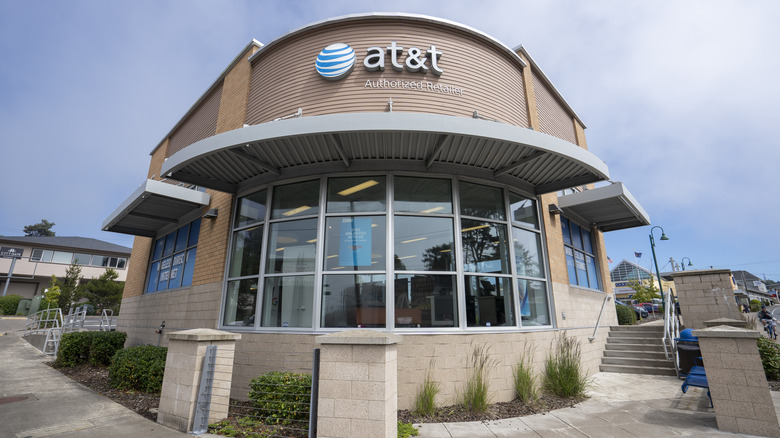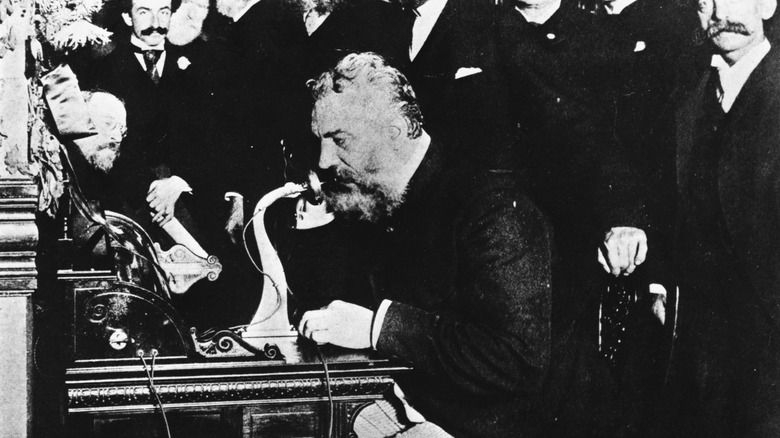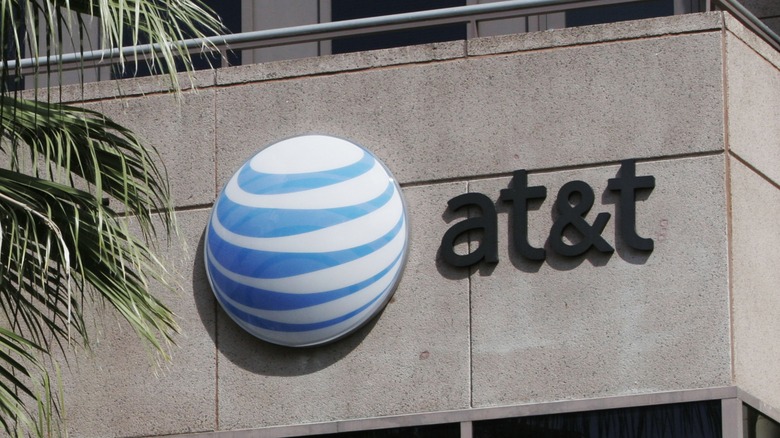What Does AT&T Stand For?
American consumers may know AT&T as one of the leading mobile service providers in America, although some of the services the company offers extend to international markets as well. Some of AT&T's unlimited wireless plans include free talk, text, and data in Canada, Mexico, and other Latin American countries. With the right roaming coverage in your phone plan, you can also keep using your AT&T mobile device in a variety of destinations abroad.
Although AT&T has established itself as a frontrunner in the telecommunications industry, not a lot of people may know about the company's robust history. What does AT&T even mean, and who came up with the popular acronym?
The early beginnings of AT&T — which stands for "American Telephone and Telegraph" — can actually be traced back to Alexander Graham Bell, renowned inventor credited with the creation of the telephone in 1876. Soon after he was officially awarded the patent for his invention, the Bell Telephone Company was formed by Bell along with two investors, one of which was Bell's own father-in-law, Gardiner Greene Hubbard. Since then, the original company has undergone several name changes, acquired companies, and reorganized its entire structure.
Early origins of AT&T's name evolution
In 1878, Hubbard persuaded Theodore Newton Vail — then the general superintendent of the railway postal service — to join Bell Telephone Company as general manager. Vail was instrumental in a lot of the company's early success, including the development of a long-distance service, acquiring essential patent rights, and keeping the company afloat amidst financial strife brought on by lawsuits instigated by competitors. His efforts — along with Bell, Hubbard, and other partners — led to the organization of the New England Telephone Company, which eventually merged with Bell Telephone Company in 1879, under a new banner: National Bell Telephone Company.
The company underwent one more name change to American Bell Telephone Company in 1880 before it finally settled on American Telephone & Telegraph Company (AT&T) in 1885. AT&T officially became the subsidiary of the original Bell Telephone Company and all its assets. Bell Telephone's entire body of work later became known as the Bell System (or "Ma Bell," as in Mother Bell) — and was officially moved under the AT&T umbrella in 1899.
AT&T name changes in modern times
AT&T maintained its well-known moniker for most of the 20th century while it had a monopoly over the telecommunications industry. In 1984, AT&T's dominance came to an end when the U.S. government forced the conglomerate to split up all the operating companies it had amassed into smaller regional phone companies — nicknamed "Baby Bells" — that ended up competing with one another, as well as other newer telco groups.
Despite the dismantling, AT&T was able to retain ownership of several of its properties, namely Bell Laboratories, Western Electric, and Long Lines. The company was also able to enter other industries, such as data processing and computer communications. It didn't take long for AT&T to once again find itself at the forefront of too many competing fields, marked by yet another rebrand to AT&T Corporation in 1994.
In 1995, Southwestern Bell Corporation — one of the Baby Bells that came out of the Bell System breakup in 1984 — changed its name to SBC Communications, under the leadership of then-chair and chief executive, Edward Whitacre. Over the next several years, SBC Communications successfully absorbed former companies under the former Bell System banner. Whitacre's plans to restore the brand to its former glory was formally realized in 2005, when SBC Communications acquired AT&T Corporation, a move that brought together previously divested assets under a new merger by another name, one that it's known by to this day: AT&T Inc.


